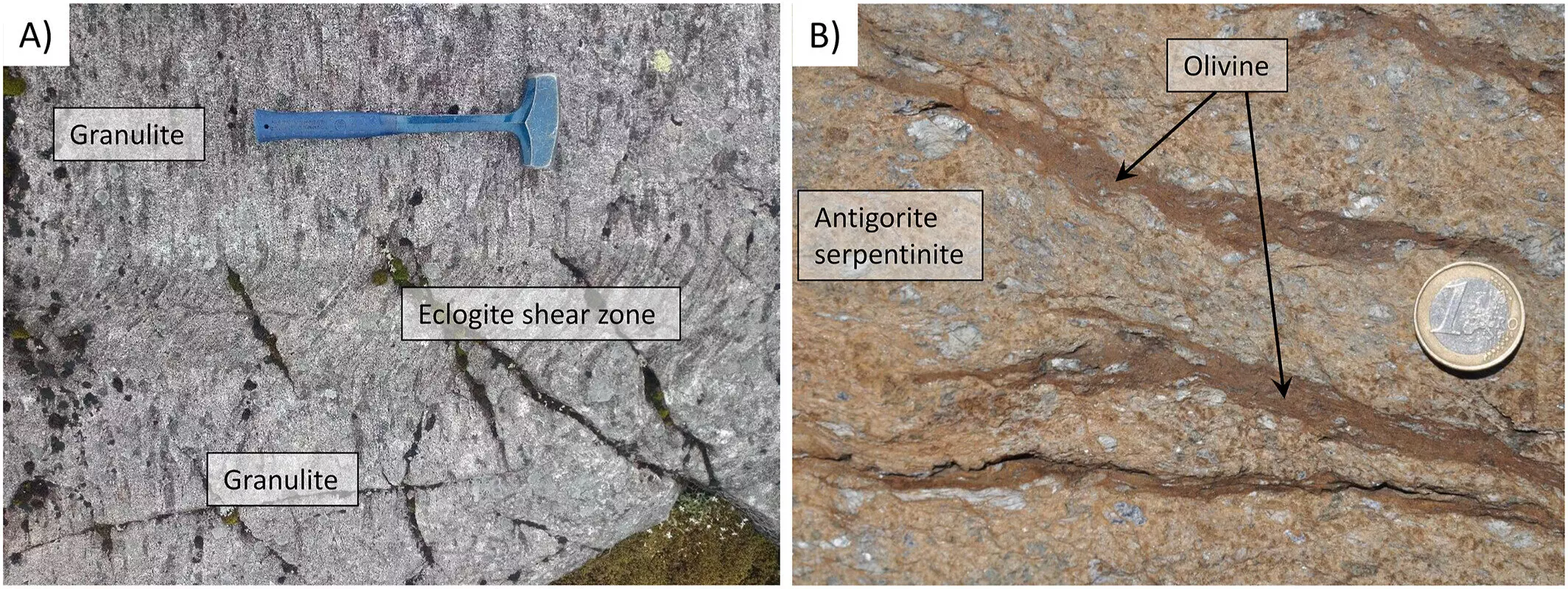Deep within the Earth’s crust, a complex interaction between rocks and water is continually at play, significantly influencing geological processes. The study of how water moves through seemingly impermeable rocks illuminates a fascinating mechanism that affects not only the stability of these rocks but also the dynamics of plate tectonics over geological timescales. This intriguing interplay, which includes hydration and dehydration processes, has the potential to trigger seismic events and shift continental configurations.
Researchers, including Schmalholz and his team, have focused on these critical mechanisms, specifically delving into how water travels through dense rock formations located in mantle wedges and lower crusts. Their hypothesis posits that through certain chemical reactions, temporary porosity can manifest within these typically impermeable rocks, dramatically altering their physical properties.
The team’s investigation centers on high-pressure mathematical modeling to analyze hydration and dehydration in rocks. This innovative approach led to the development of equations that elucidate changes in rock porosity during water cycling. The implications of these findings are profound; they reveal how minerals respond to extreme geological conditions, forming denser compounds that can expel water. This expulsion creates pathways for water movement, leading to the formation of less dense and, therefore, more porous rock structures.
As the research indicates, a dehydration front can evolve as water is released from the minerals, which subsequently alters the rock’s properties. Conversely, certain reactions enable rocks to absorb water, functioning analogously to a sponge—a phenomenon described as a hydration front that consistently advances in the direction of incoming fluid.
The study outlines two distinct outcomes during dehydration: in one scenario, water escapes into the environment, while in another, water is expelled from the minerals but is immediately replenished by incoming fluid. The former leads to a reduction in density and potentially heightens seismic activity, while the latter phenomenon facilitates the retention of water within rock structures, preventing immediate loss.
These hydration and dehydration processes are not merely academic; their ramifications touch on real-world geological events. The team’s simulations underscore the possibility that water, when cycled through rock formations, can infiltrate otherwise impervious structures if porosity is generated through these critical reactions.
Despite the complexities associated with modeling water movement in the Earth’s interior, the findings derived from Schmalholz’s research offer a crucial framework for future geological investigations. As scientists strive to unravel the mysteries of our planet’s subsurface processes, understanding the role of water could potentially illuminate the triggers behind earthquakes and other geological phenomena.
Ultimately, this research not only enriches our comprehension of Earth’s dynamic nature but also paves the way for advancements in predicting geological events. It reflects an essential step toward unveiling the intricate balance between water and rock deep within our planet, a relationship that continues to shape the world as we know it.

